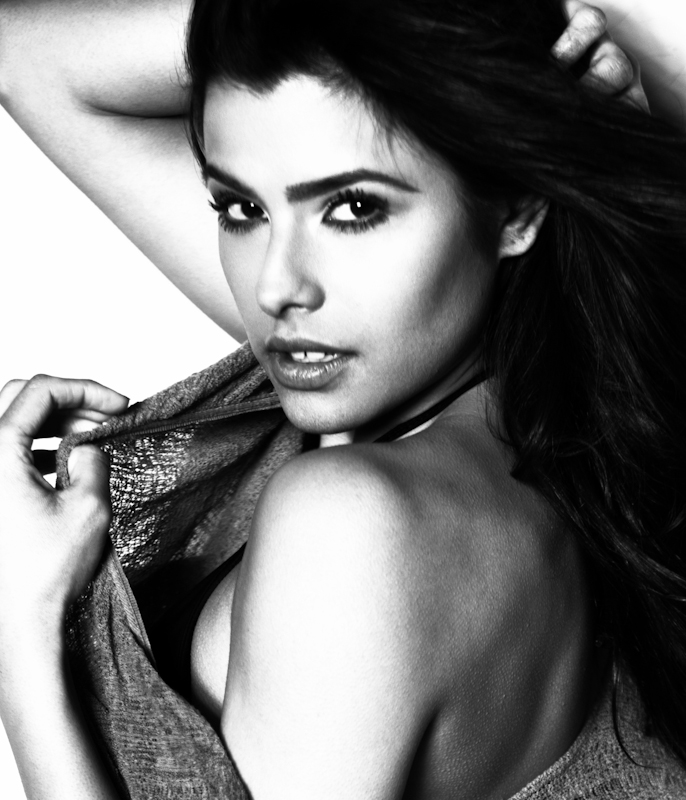
I was retouching this image of Gio and thinking very simply how my knowledge of dodge and burn was tied to my understanding the human face and that my knowledge of the human face usually determined my lighting.
Basically my knowledge of face-lighting-retouching rests on essentially the same mental models. One could argue that the knowledge is one and the same. A strange sort of mental trifecta.
Which is one more argument for why photographers need to do their own retouching. At least to the point where they have this foundation.
And I've argued in the past that retouching is part of the feedback loop. Actually now that I think about it, the simple act of reviewing your images is a vital part of the feedback loop. By reviewing and evaluating your lighting, you're already mentally making notes as to what works and what doesn't work with lighting. Combined with further evaluation during retouching photographers can improve their understanding of lighting dramatically.
It's sometimes as nuanced as, "I wish she would have tilted her head just a little to get a little more light under the eyes" or "I wish I had added a fill card to bring out the shadow detail". Those little wishes that the retoucher in you makes will eventually be heard by the photographer in you. Or in my case, those wishes sound more like loud criticisms that the retoucher in me forces the photographer in me to acknowledge the next time around. And while neither the retoucher in me nor the photographer in me is unionized, I fear that either could go on strike any time for whatever reason. So I try and keep working conditions cordial and optimized so everyone is happy.
:)
And keep those cycles short. Sitting on a shoot that happened 2 months ago is detrimental to the feedback loop (learning cycle) because you won't remember all the details that went into the lighting/photography of the shoot. Working through the images quickly and then moving onto your next shoot will help your learning curve tremendously.
Shout out to Steven Stanfield from my November group workshop. He's been rocking 2-3 shoots a week and grown tremendously since then. To the point where I'm not even sure he's the same guy that came to the workshop!
And when you're evaluating the face, test yourself frequently and see if you can remember where the highlights and shadows are for any given lighting schematic. I used to do this and randomly attempt to draw a face on a piece of paper. By doing this frequently, you'll have better mental models for how the light should react to any given face... at least theoretically, since every human face is different. These mental models (of the face) not only assist you during lighting decisions but also help you in retouching decisions. Where oh where should I be dodging and burning? Typically you dodge highlights and burn shadows. But first you need to know where those highlights and shadows should be. Cue the mental models of the human face.
At the end of the day it's a lifetime worth of studying and doing (basically practice). It's why it's so important for me to sit down with every photographer at the beginning of our private workshop session to identify the challenges and then understand the theory behind photography, lighting, retouching, interactions, etc. Knowing why/how is half the battle. The other half is execution. Which is why we always shoot in the afternoons of my private workshops.
To this day, I still look at ads (pictures) and think about lighting. Not nearly as much as before but sometimes when I see something unusual that catches my eye, I'll make mental judgments about the photography/lighting/retouching. So I still recommend trying to back solve other people's images.
But at the end of the day there's no replacement for displacement. Get out there and just do it!

No comments:
Post a Comment